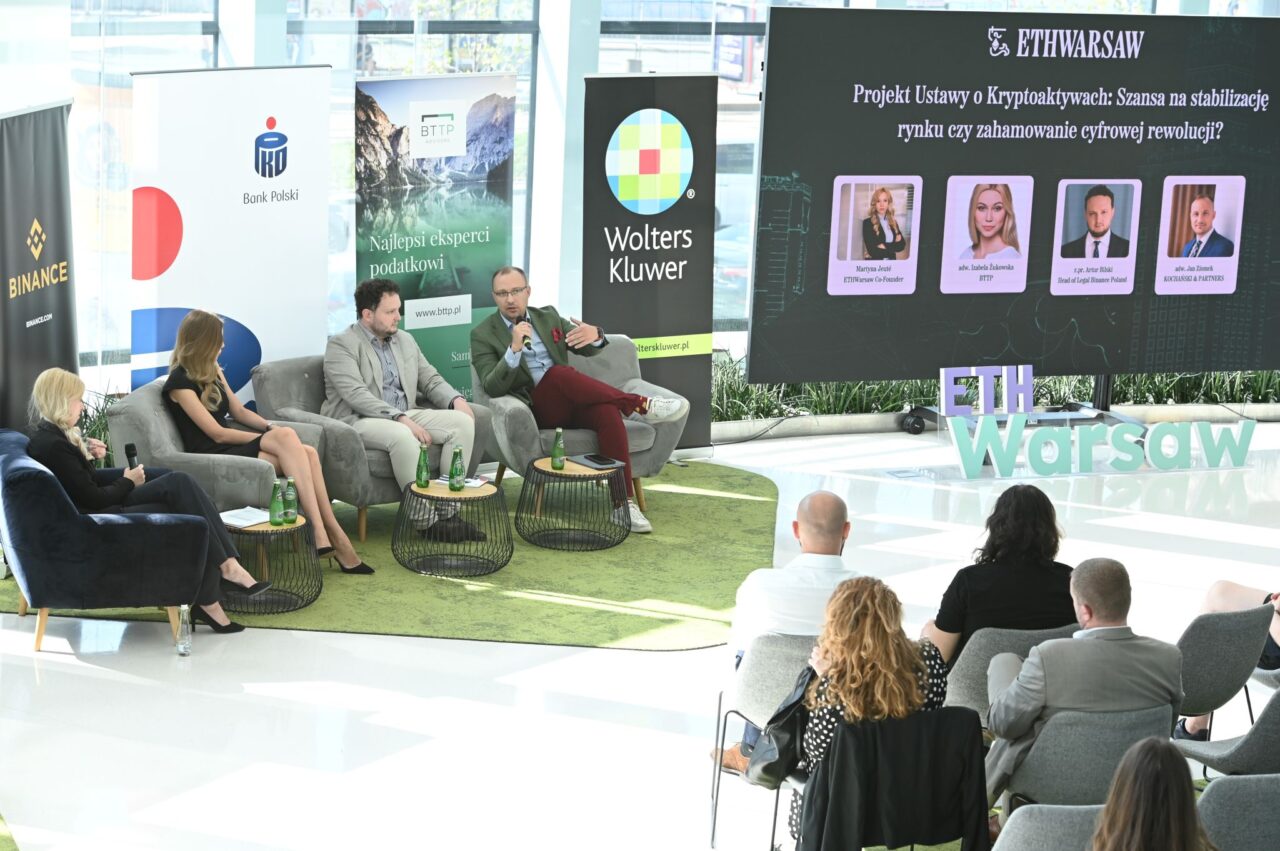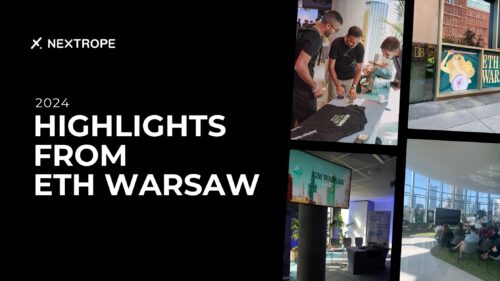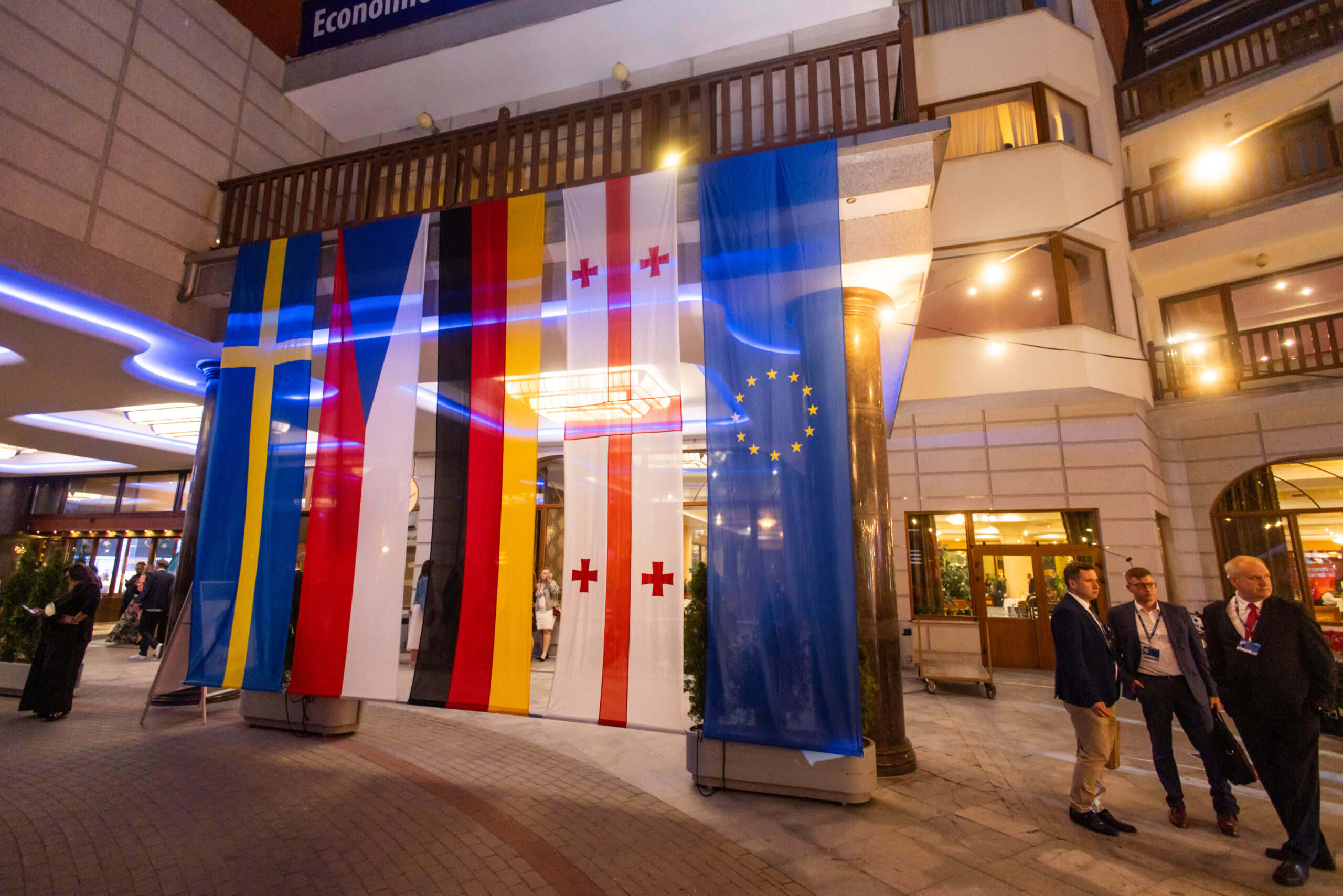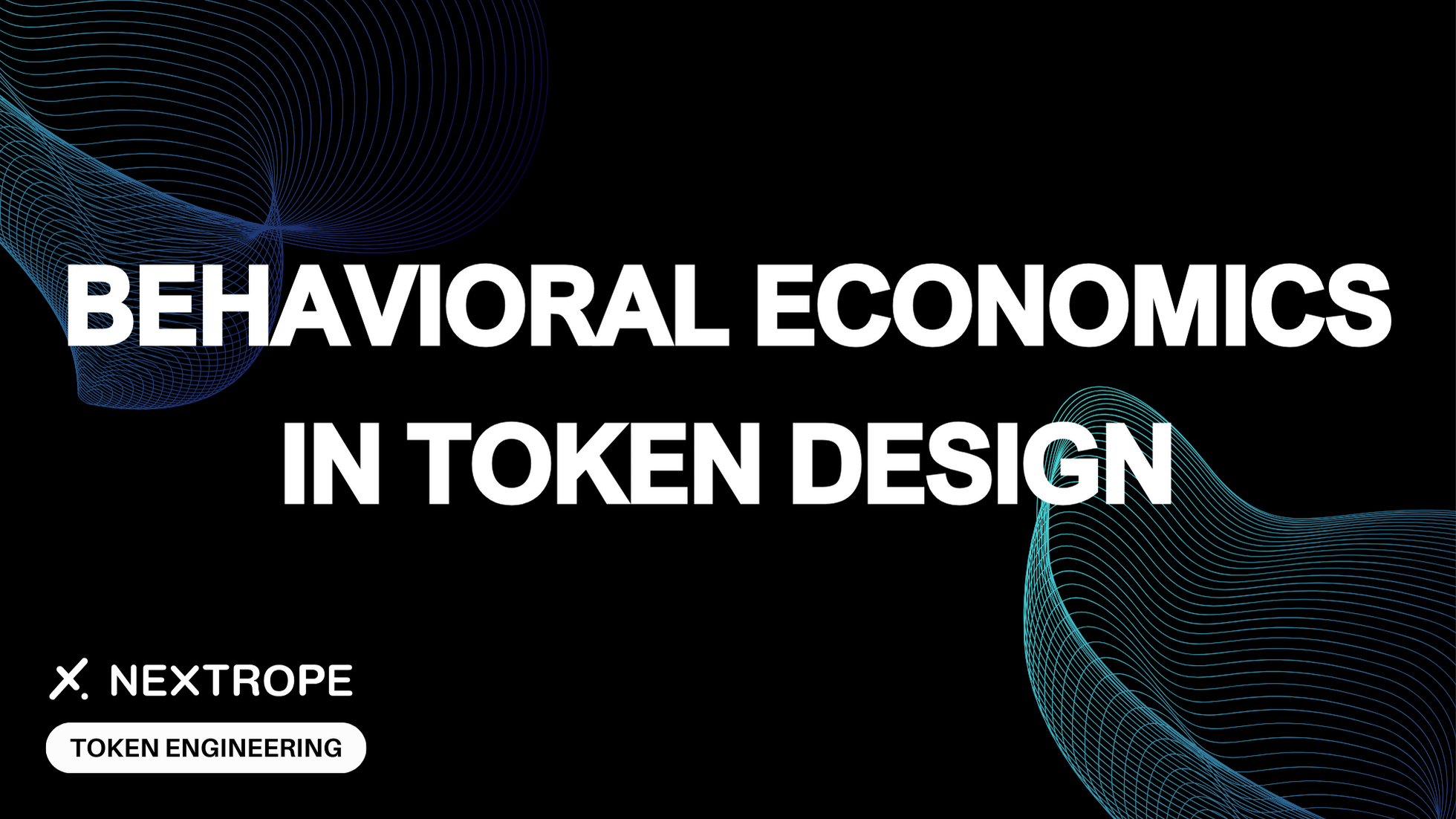ETH Warsaw has established itself as a significant event in the Web3 space, gathering developers, entrepreneurs, and investors in the heart of Poland’s capital each year. The 2024 edition was filled with builders and leaders united in advancing decentralized technologies.
Leading Event of Warsaw Blockchain Week
As a blend of conference and hackathon, ETH Warsaw aims to push the boundaries of innovation. For companies and individuals eager to shape the future of tech, the premier summit during Warsaw Blockchain Week offers a unique platform to connect and collaborate.
Major Milestones in Previous Editions
- Over 1,000 participants attended the forum
- 222 hackers competed, showcasing groundbreaking technical skills
- $119,920 in bounties was awarded to boost promising solution development
Key Themes at ETH Warsaw 2024
This year’s discussions were centered around shaping the adoption of blockchain. To emphasize that future implementation requires a wide range of voices, perspectives, and understanding, ETH Warsaw 2024 encouraged participation from individuals of all backgrounds. As the industry stands on the cusp of a potential bull market, building resilient products brings substantial impact. Participants mutually raised an inhibitor posed by poor architecture or suspicious practices.
ETH Warsaw 2024: Featured Tracks and Topics
Infrastructure and Scalability
- Layer 2 (L2) solutions
- Zero-Knowledge Proofs (ZKPs)
- Future of Account Abstraction in Decentralized Applications (DApps)
- Advancements in Blockchain Interoperability
- Integration of Artificial Intelligence (AI) and Machine Learning Models (MLMs) with on-chain data
Responsibility
With the premise of robust blockchain systems, we delved into topics such as privacy, advanced security protocols, and white-hacking as essential tools for maintaining trust. Discussions also included consensus mechanisms and their role in the entire infrastructure, beginning with transparent Decentralized Autonomous Organizations (DAOs).
Legal Policies
The track on financial freedom led to the transformative potential of decentralized finance (DeFi). We tackled the challenges and opportunities of blockchain products within a rapidly evolving regulatory landscape.
Mass Adoption
Conversations surrounding accessible platforms underscored the need to simplify onboarding for new users, ultimately crafting solutions that appeal to mainstream audiences. Contributors explored ways to improve user experience (UX), enhance community management, and support Web3 startups.
ETH Legal and Industry Debate
ETH Legal, co-organized with PKO BP and several leading law firms, studied the implementation of the MiCA guidelines starting next year and affecting the market. It aimed to dissect the complex policies that govern digital assets.
Currently, founders navigate a patchwork of regulations that vary by jurisdiction. There is a clear need for structured protocols that ensure consumer protection and market integrity while attracting more users. Legal experts broke down the implications of existing and anticipated changes on decentralized finance (DeFi), non-fungible tokens (NFTs), business logic, and other emerging technologies.
The importance of ETH Legal extended beyond theoretical discussions. It served as a vital forum for stakeholders to connect and share insights. Thanks to input from renowned experts in the field, attendees left with a deeper understanding of the challenges ahead.

Warsaw Blockchain Week: Nextrope’s Engagement
The Warsaw Blockchain Week 2024 ensured a wide range of activities, with a packed schedule of conferences, hackathons, and networking opportunities. Nextrope actively engaged in several side events throughout the week and recognized the immense potential to foster connections.
Side Events Attended by Nextrope
- Elympics on TON
- Aleph Zero Opening Party
- Cookie3 x NOKS x TON Syndicate
- Solana House
Nextrope’s Contribution to ETH Warsaw 2024
At ETH Warsaw 2024, Nextrope proudly positioned itself as a Pond Sponsor of the conference and hackathon, reflecting the event's mission. Following a strong track record of partnerships with large financial institutions and startups, we seized the opportunity to share our reflections with the community.
Together, we continue to innovate toward a more decentralized and inclusive future. By actively participating in open conversations about regulatory and technological advancements, Nextrope solidifies its role as an exemplar of dedication, forward-thinking, and technological resources.
 en
en  pl
pl 












